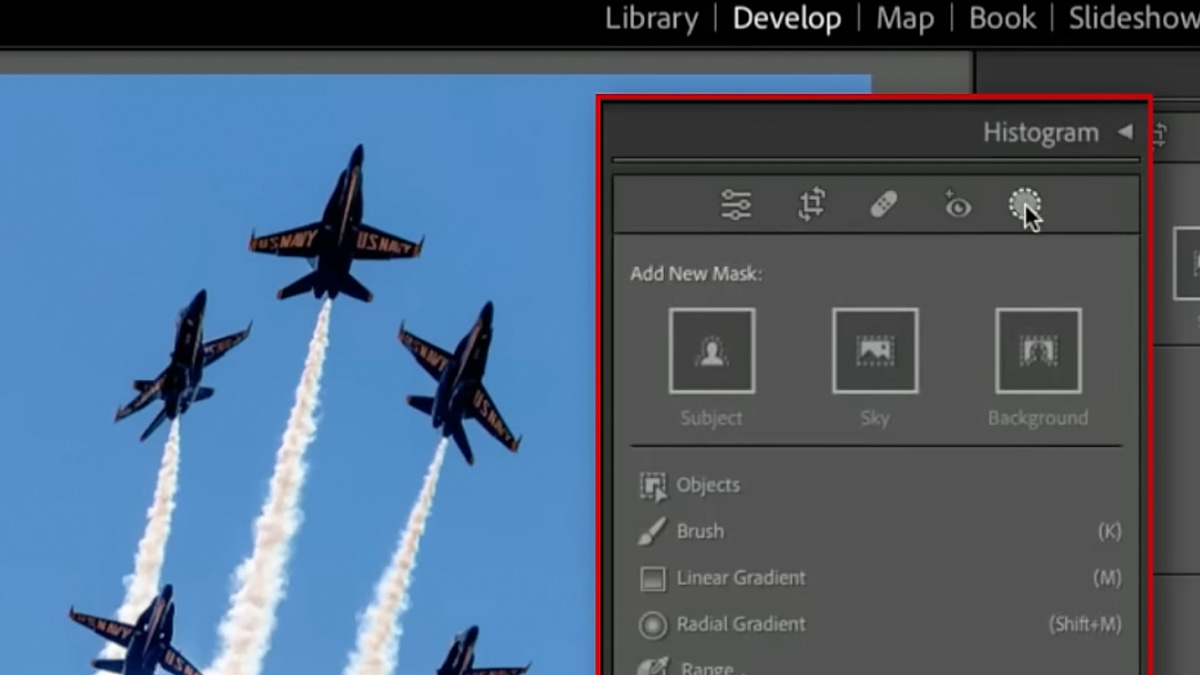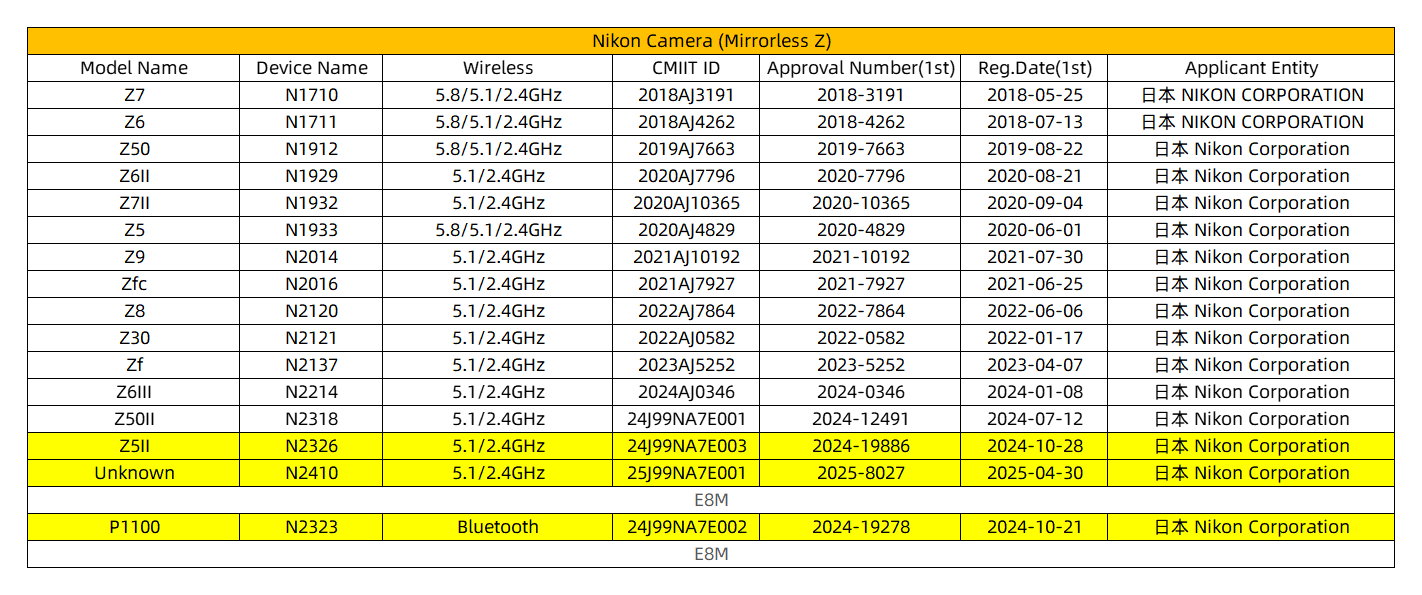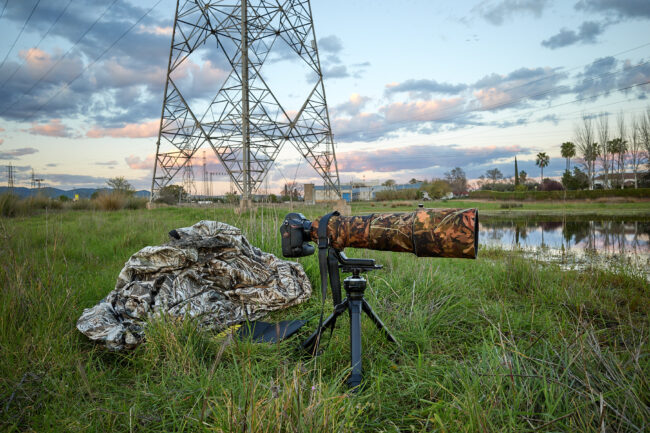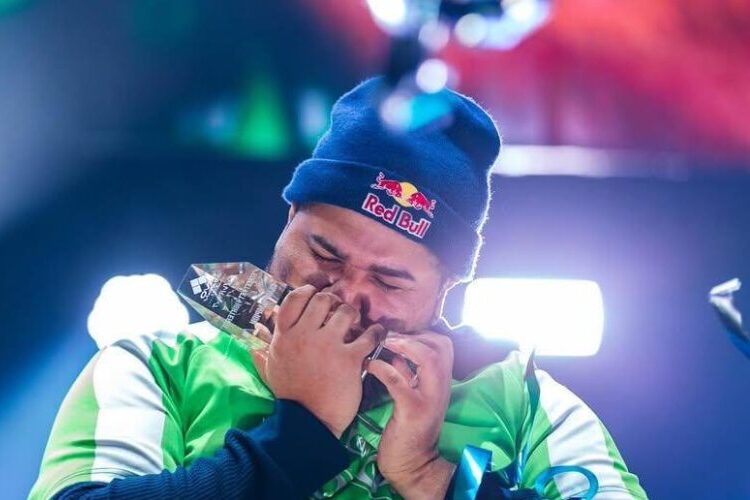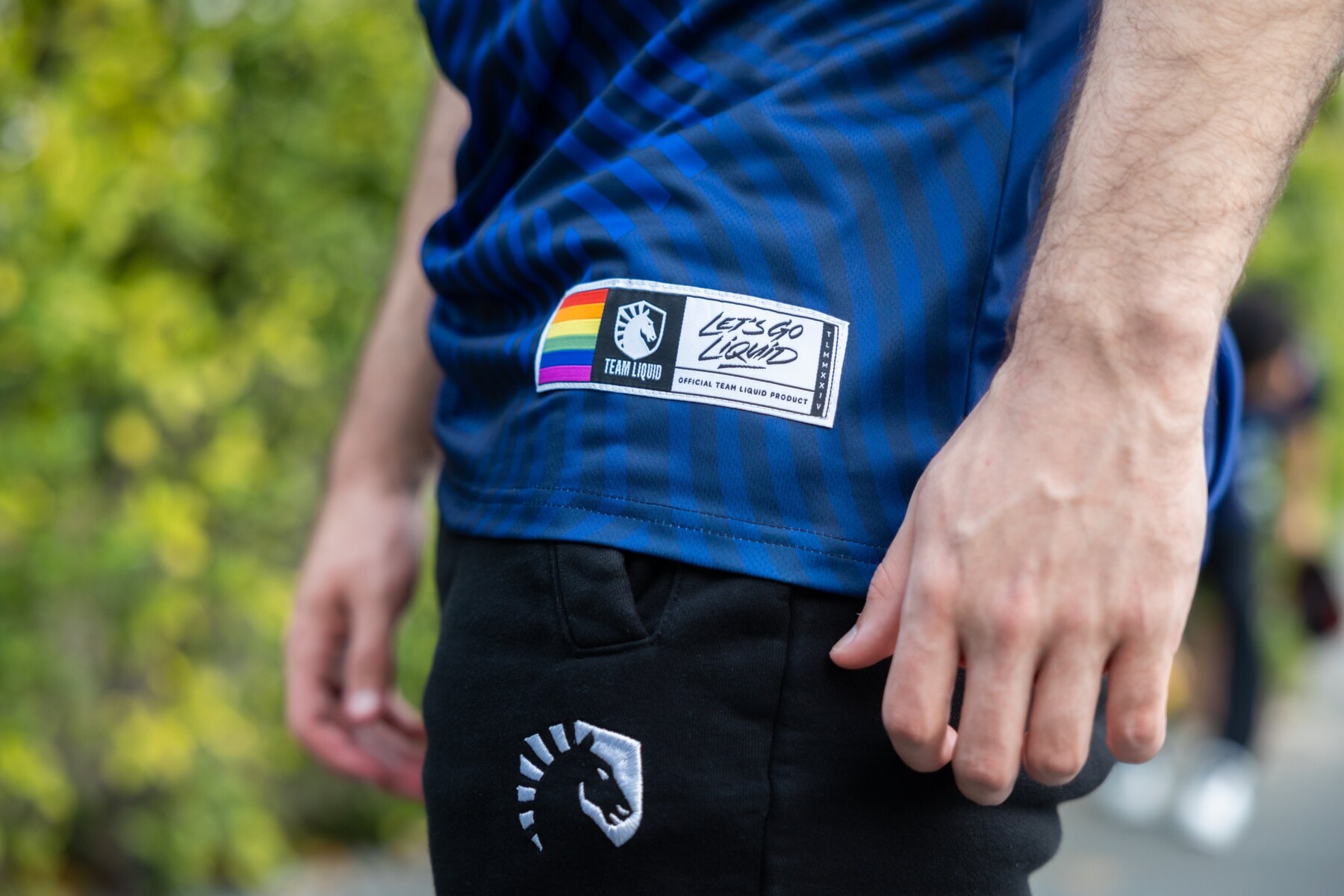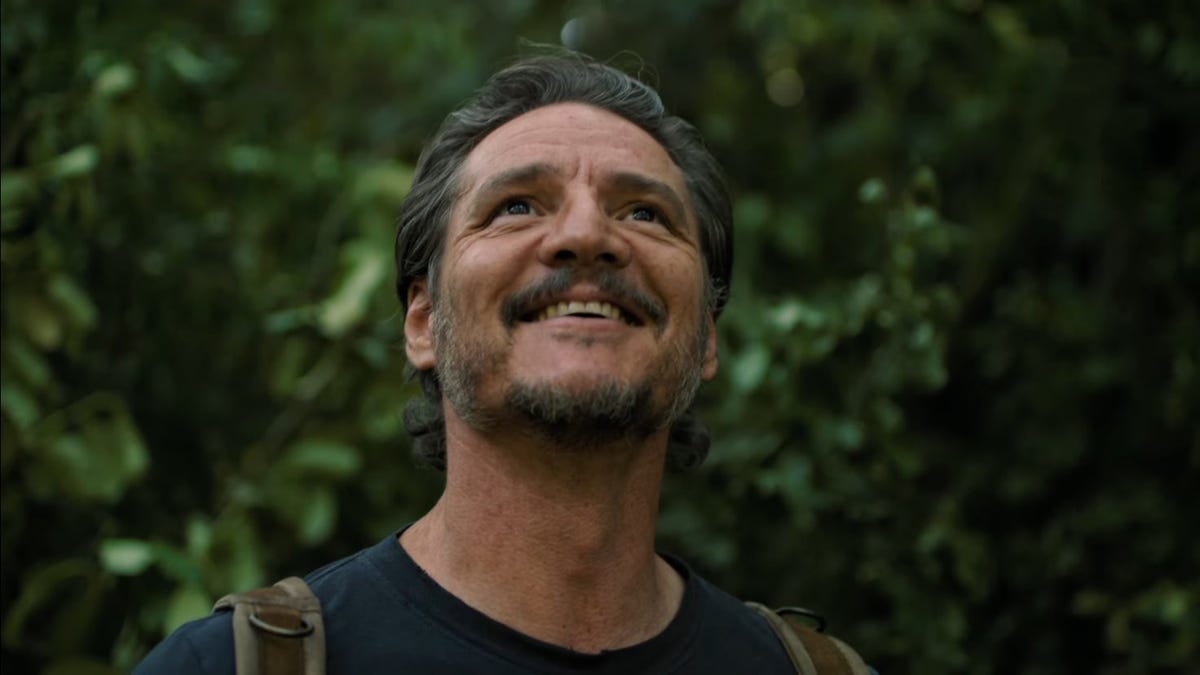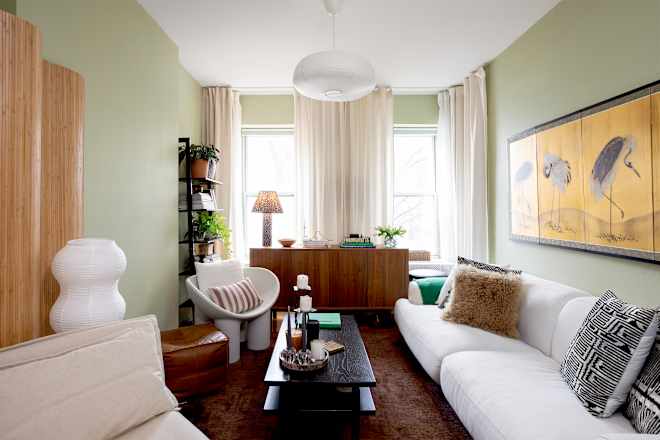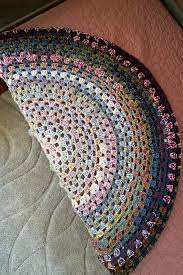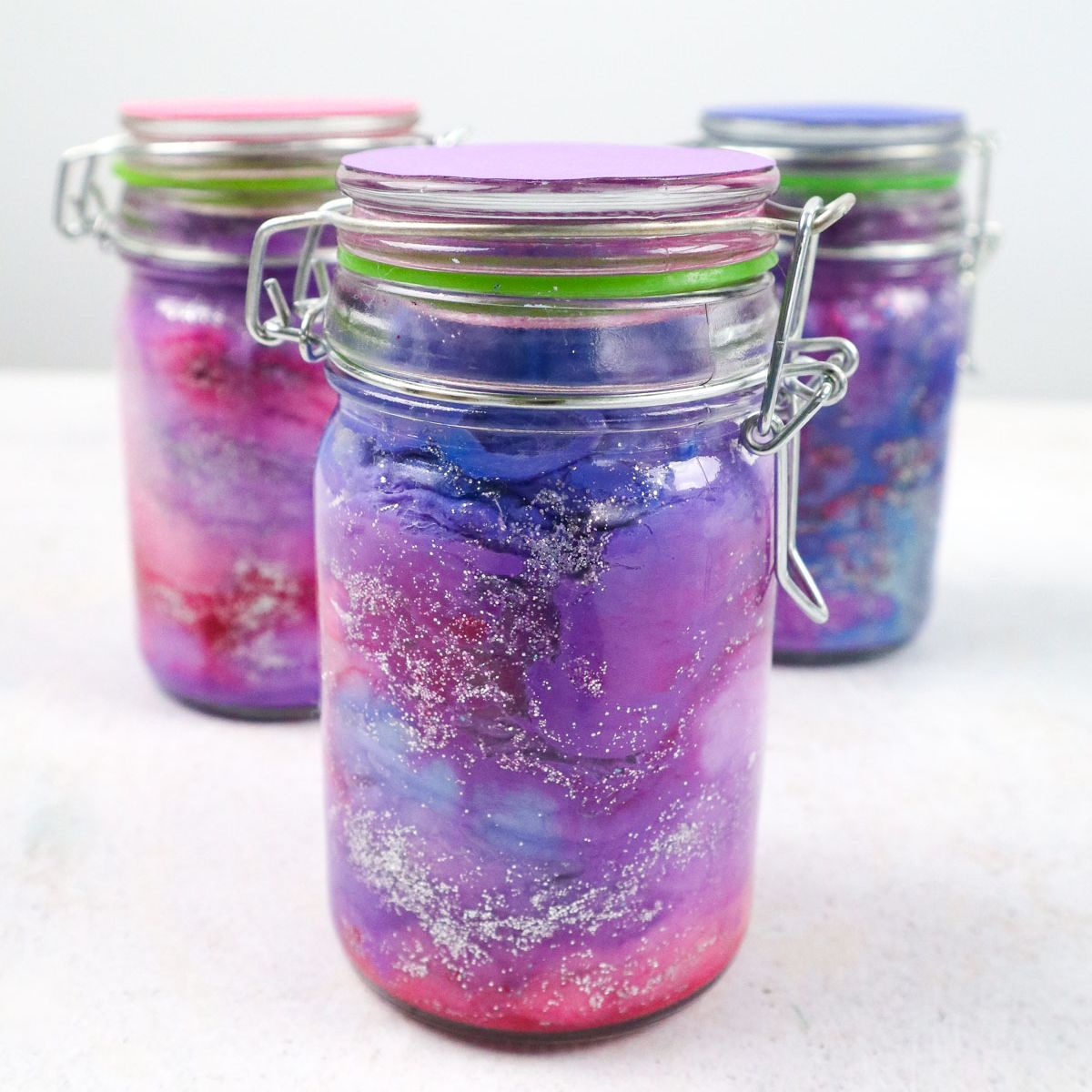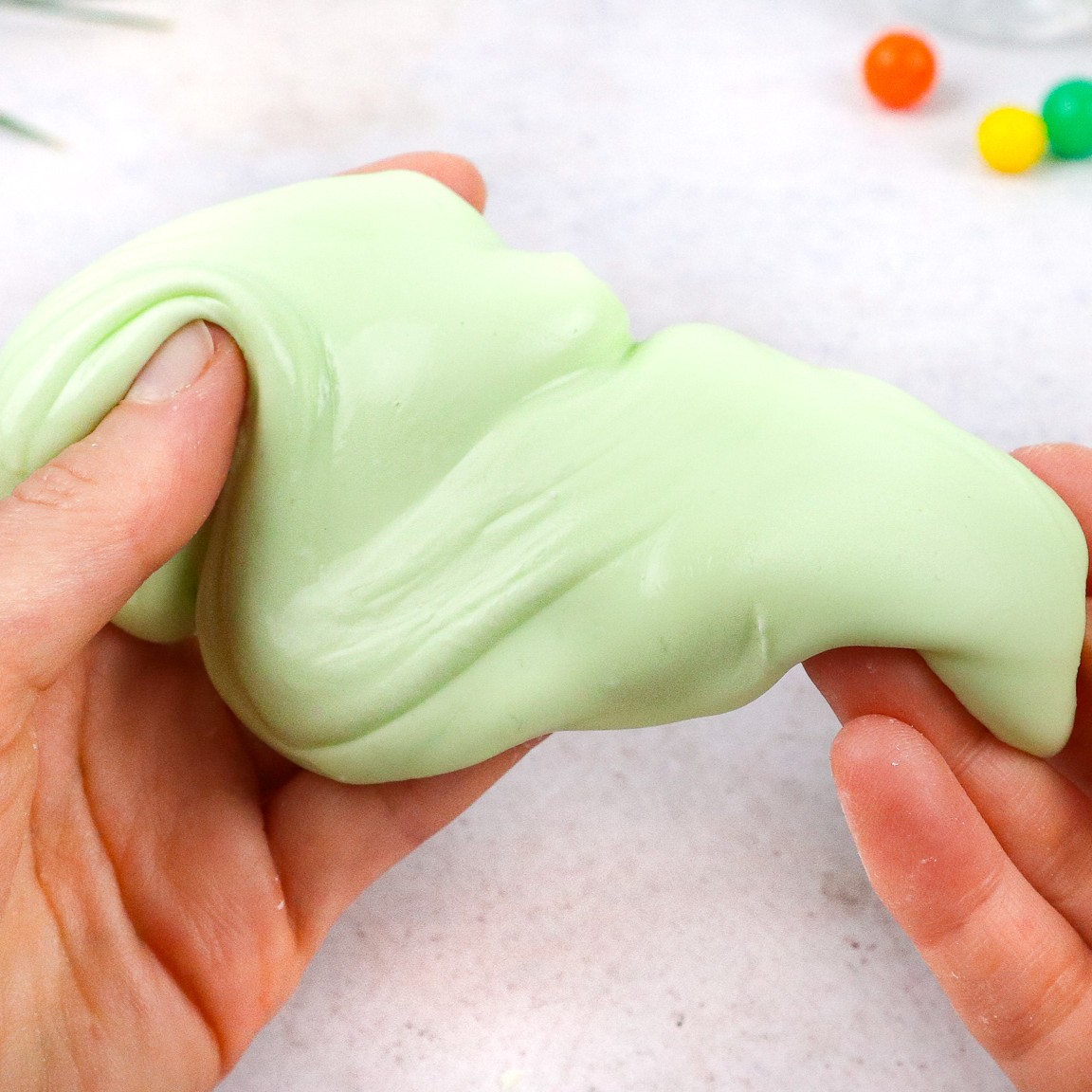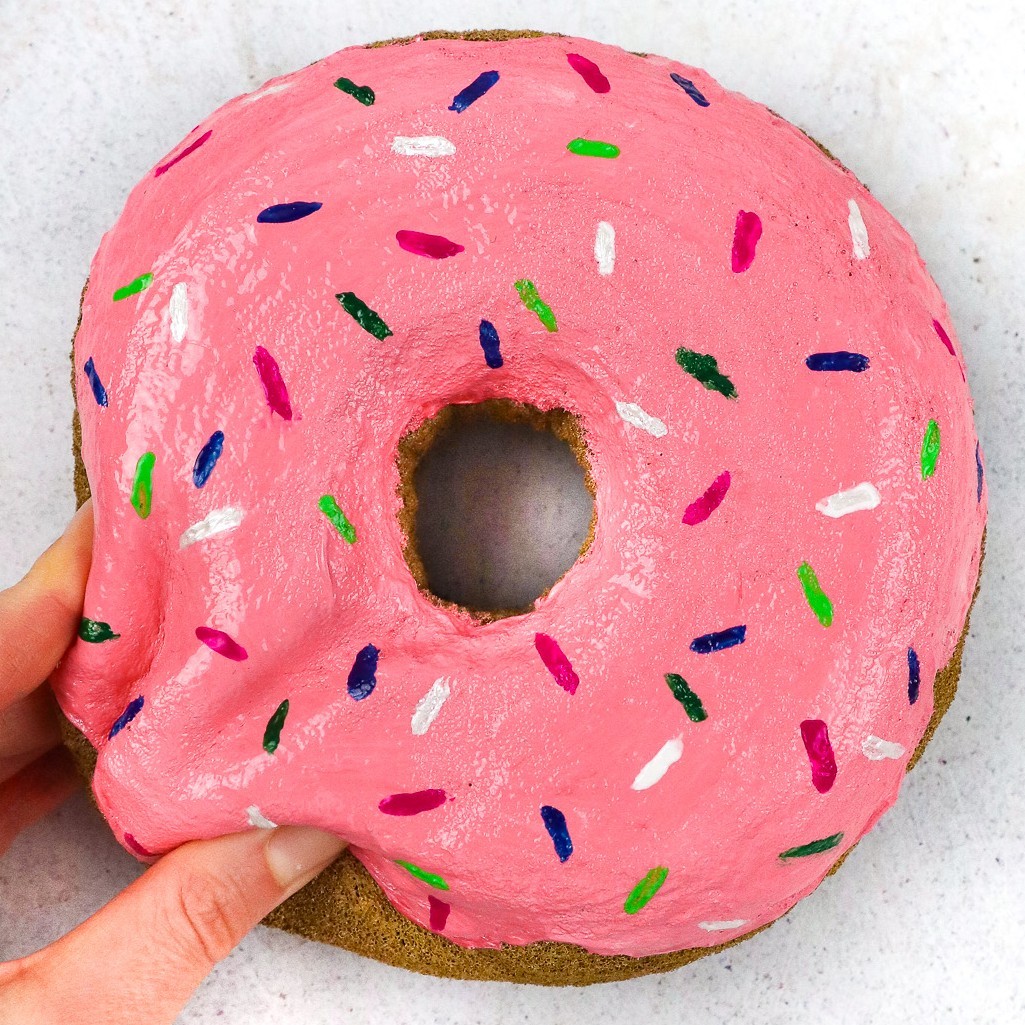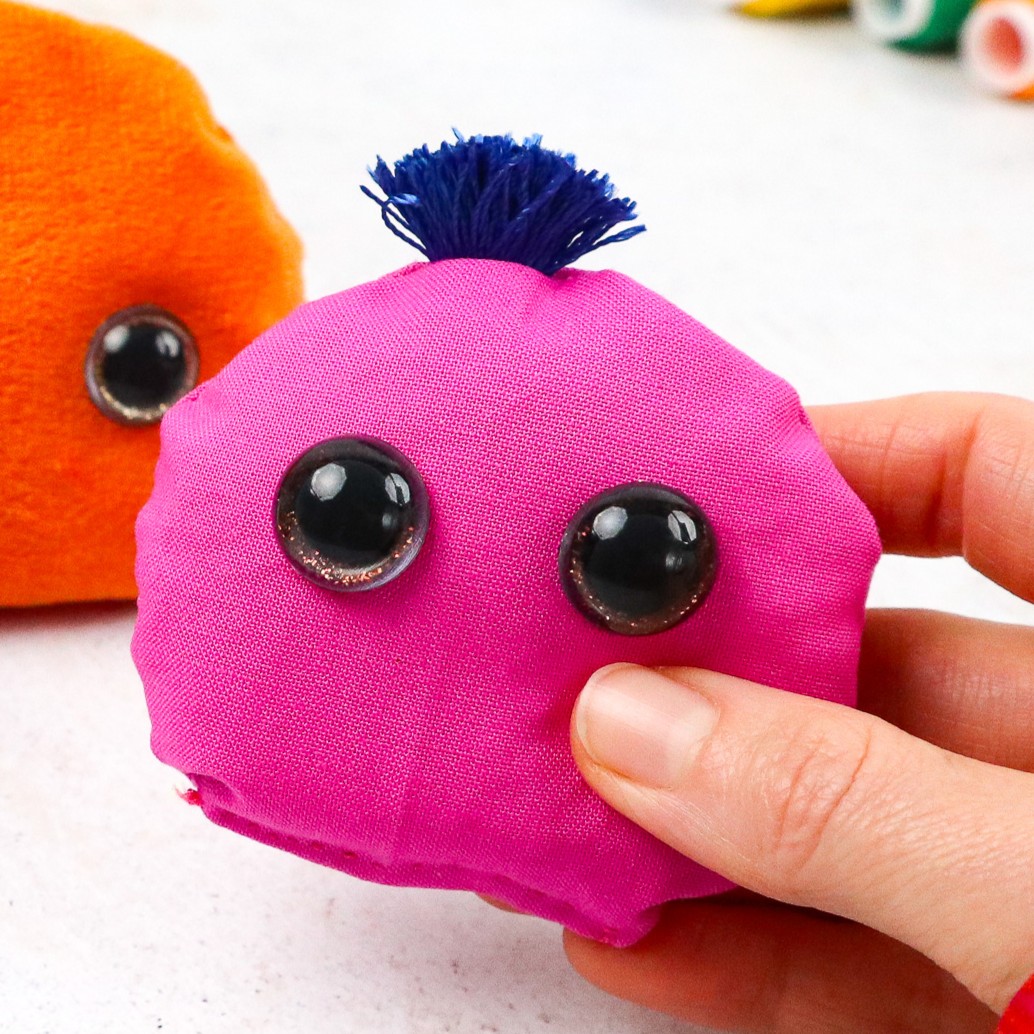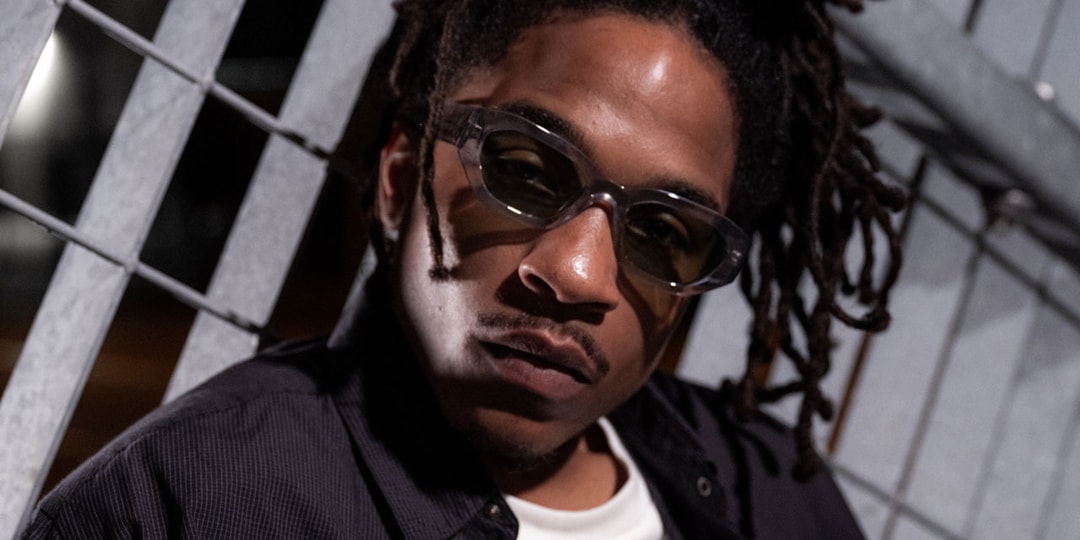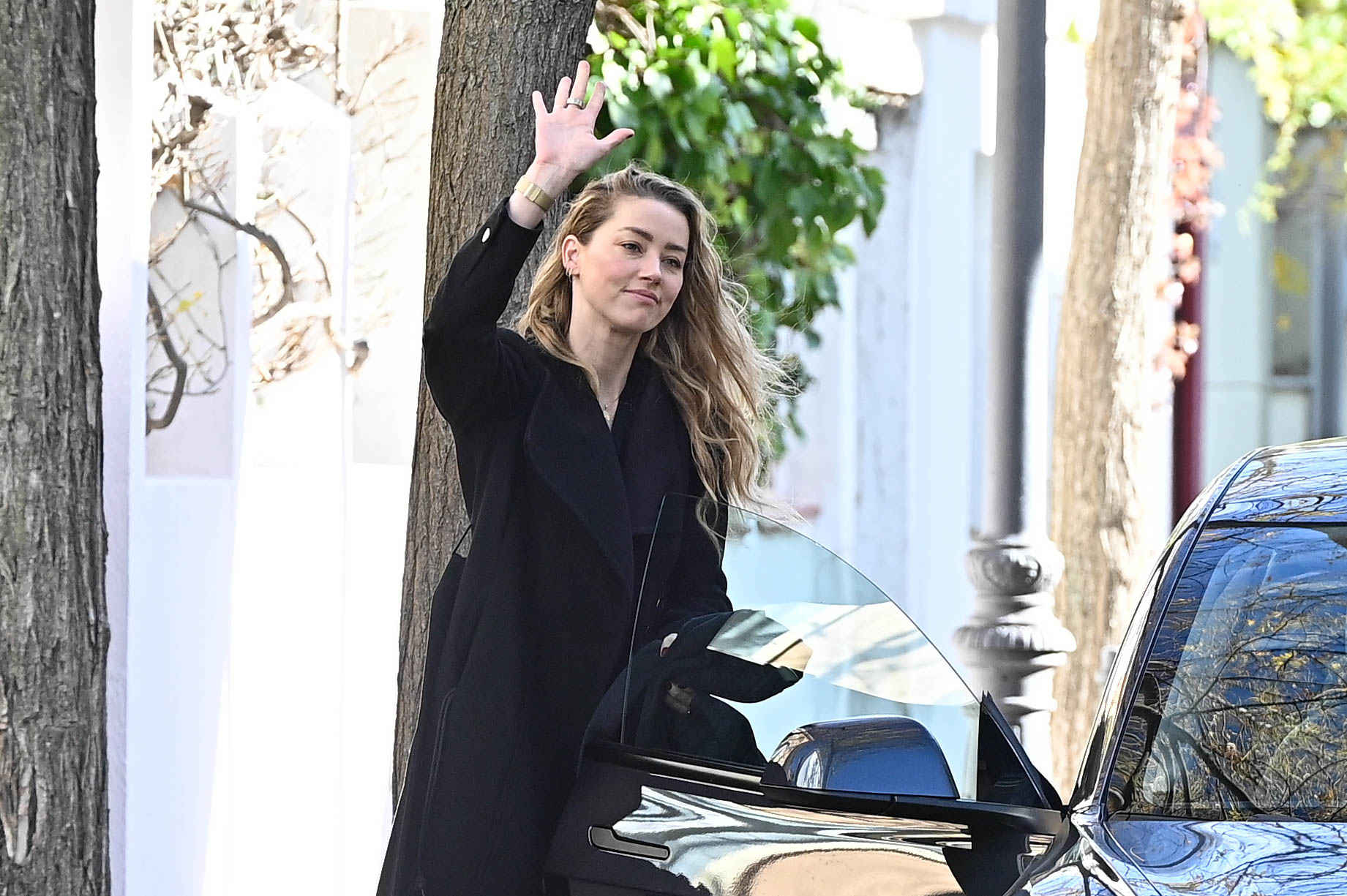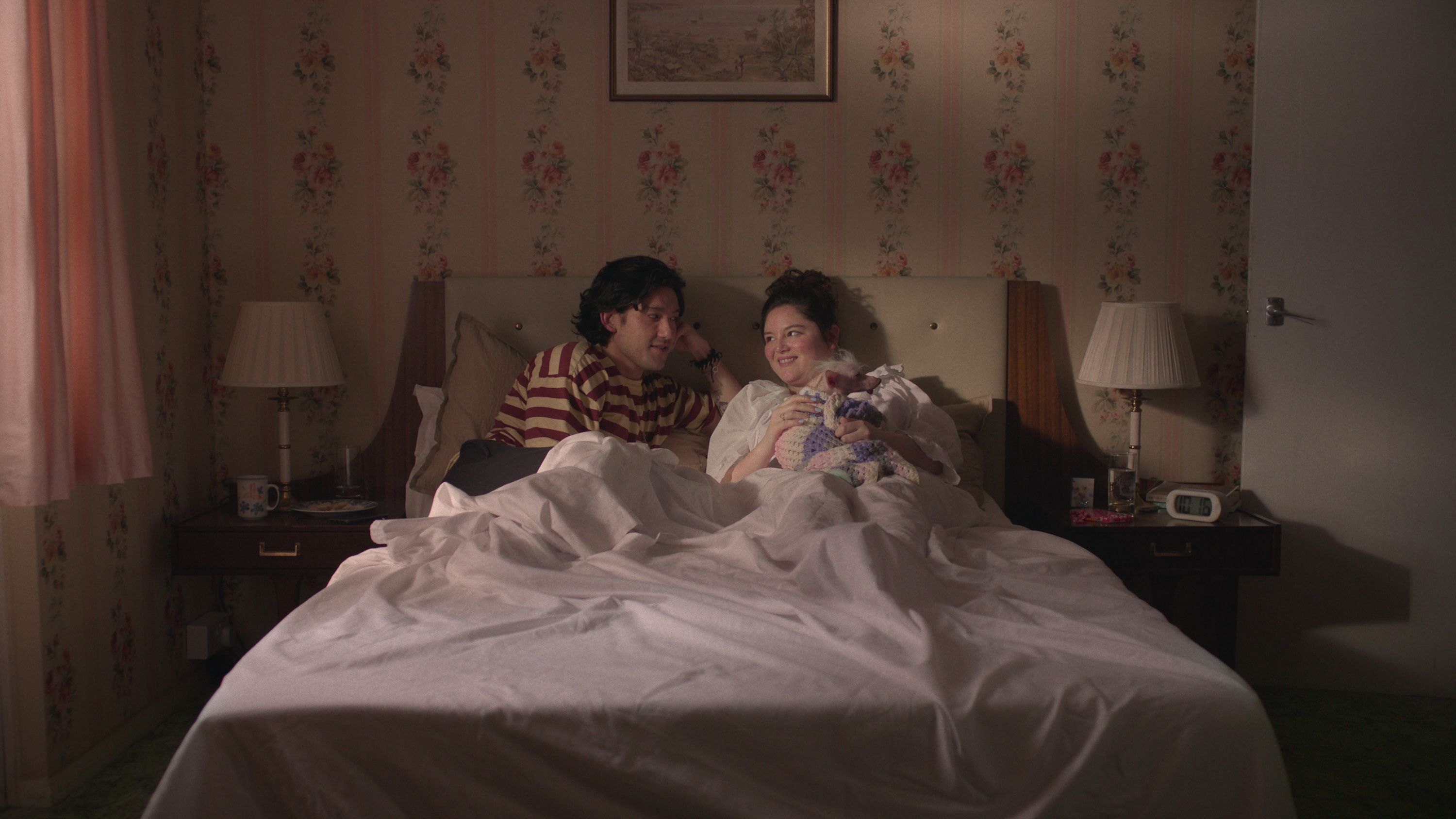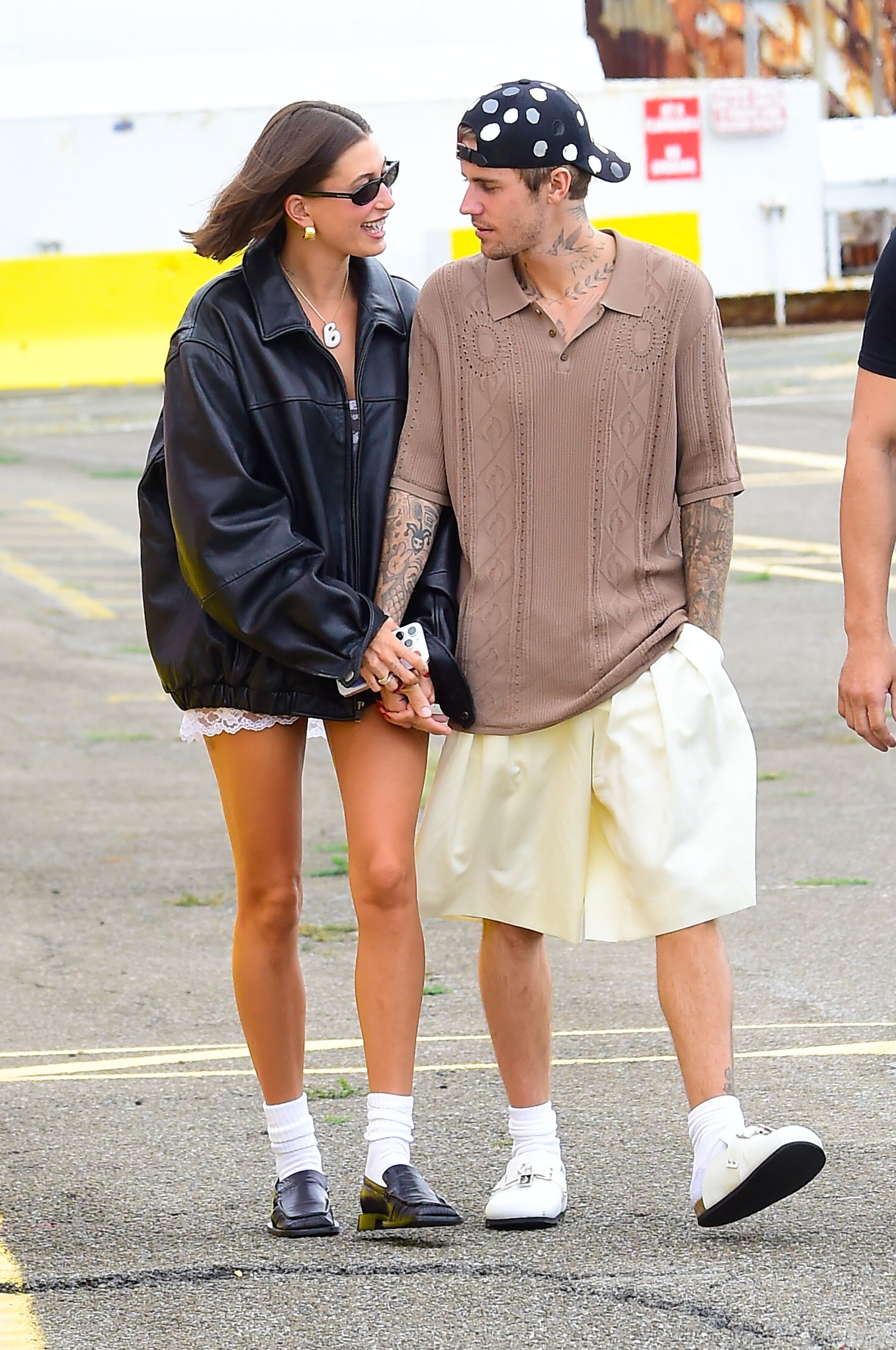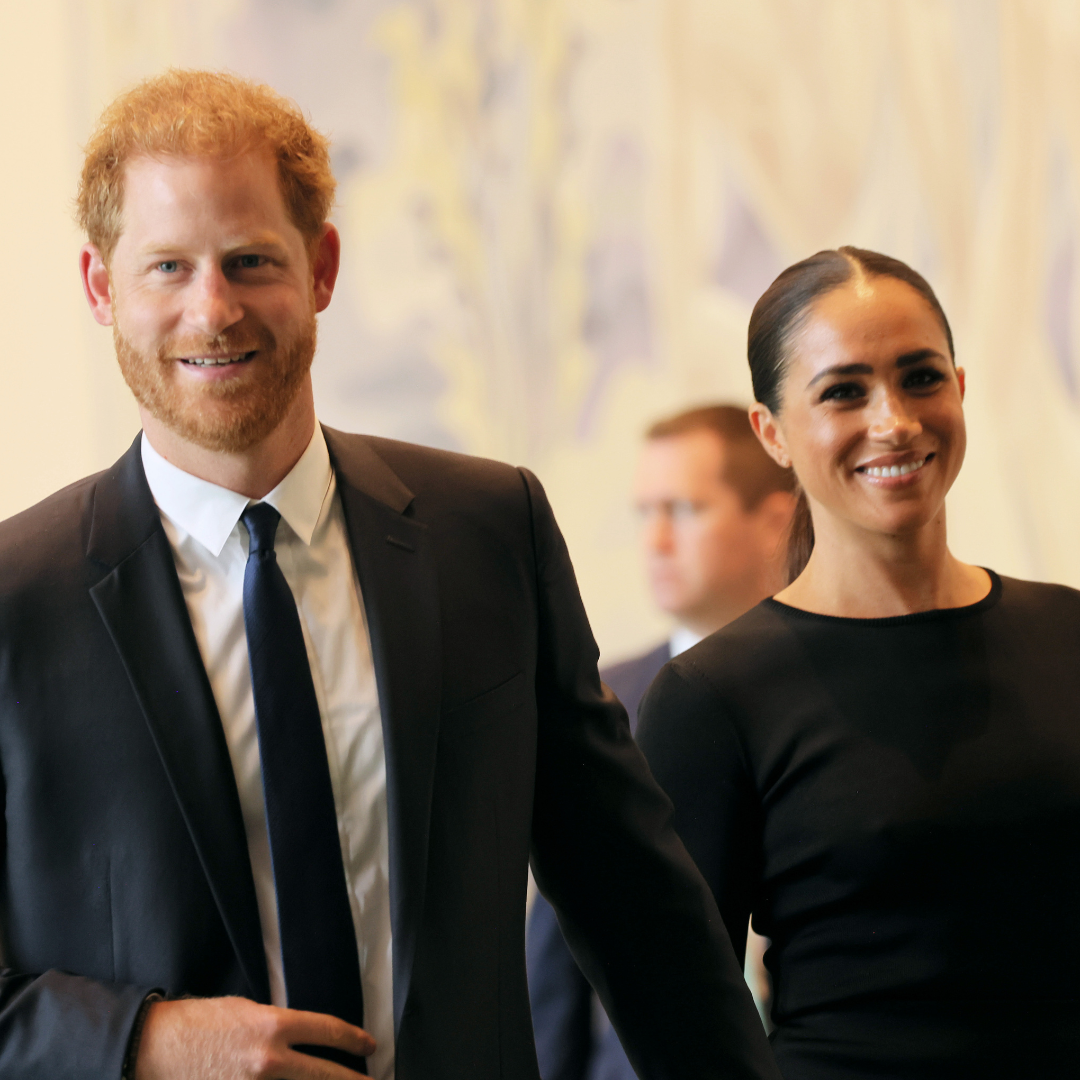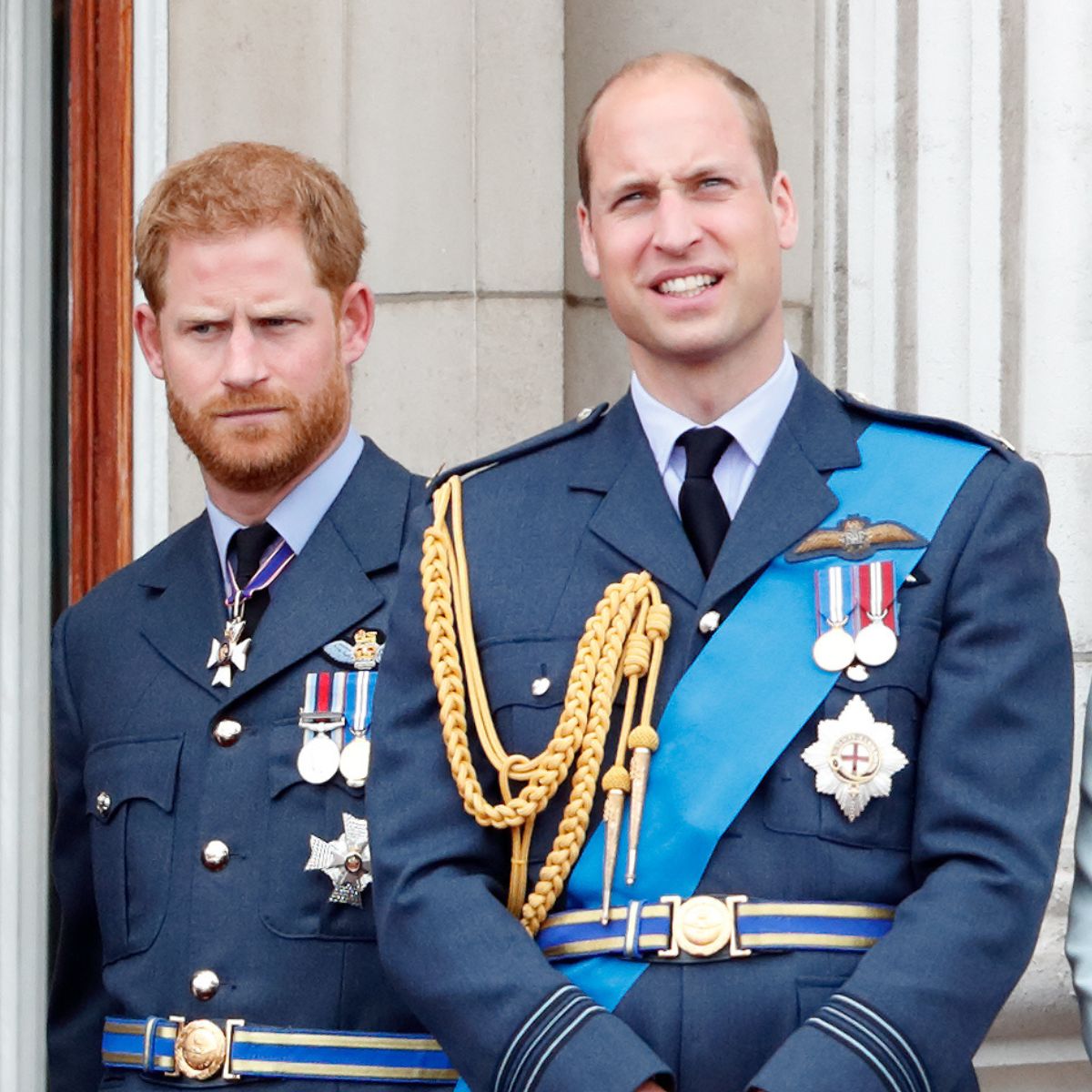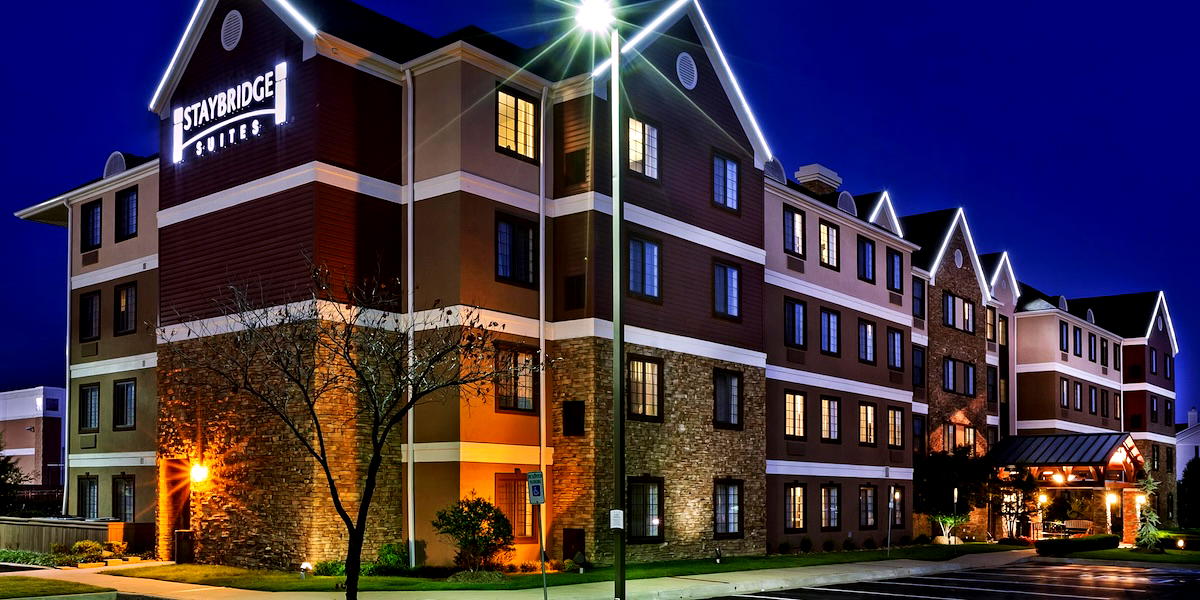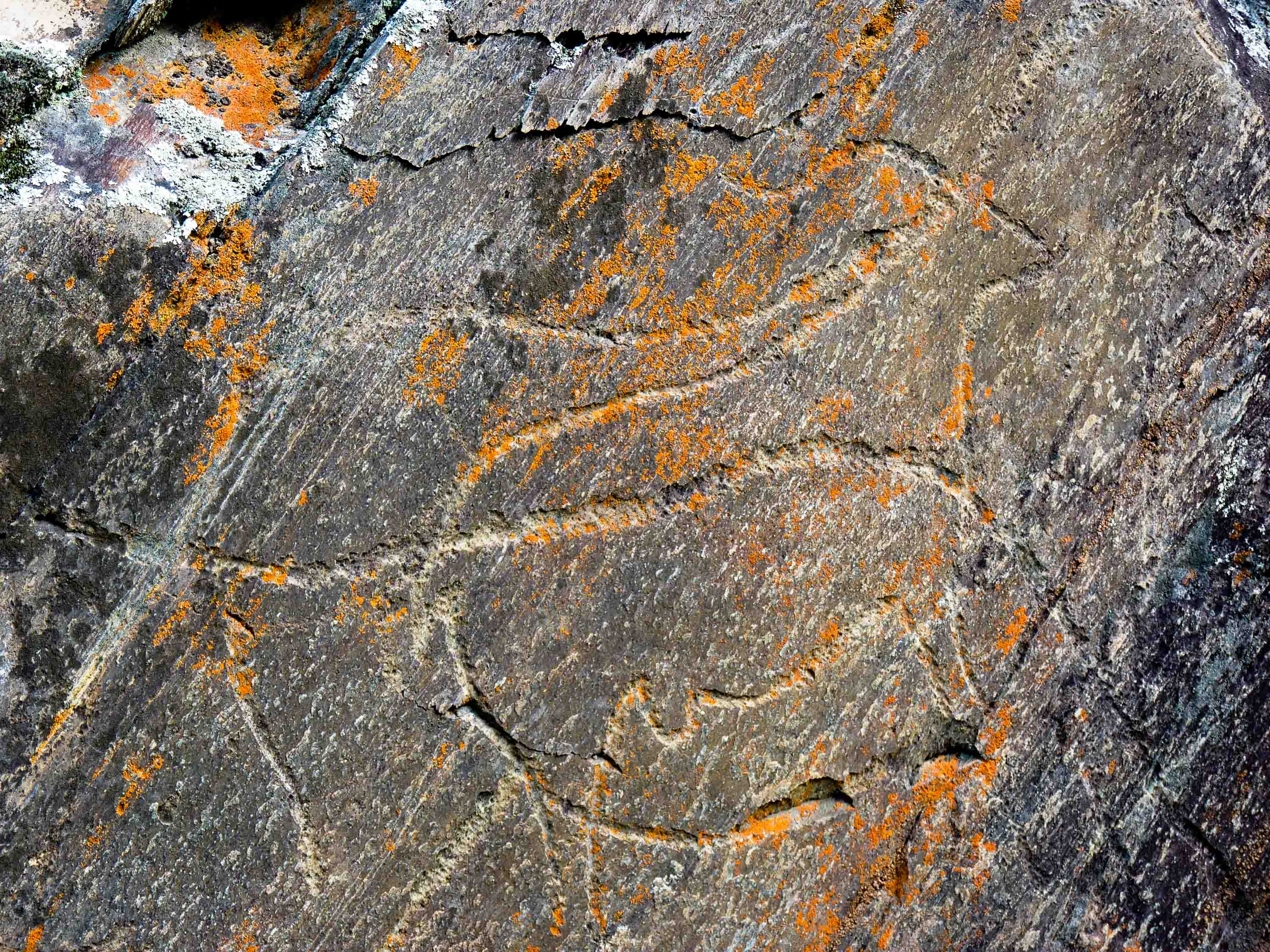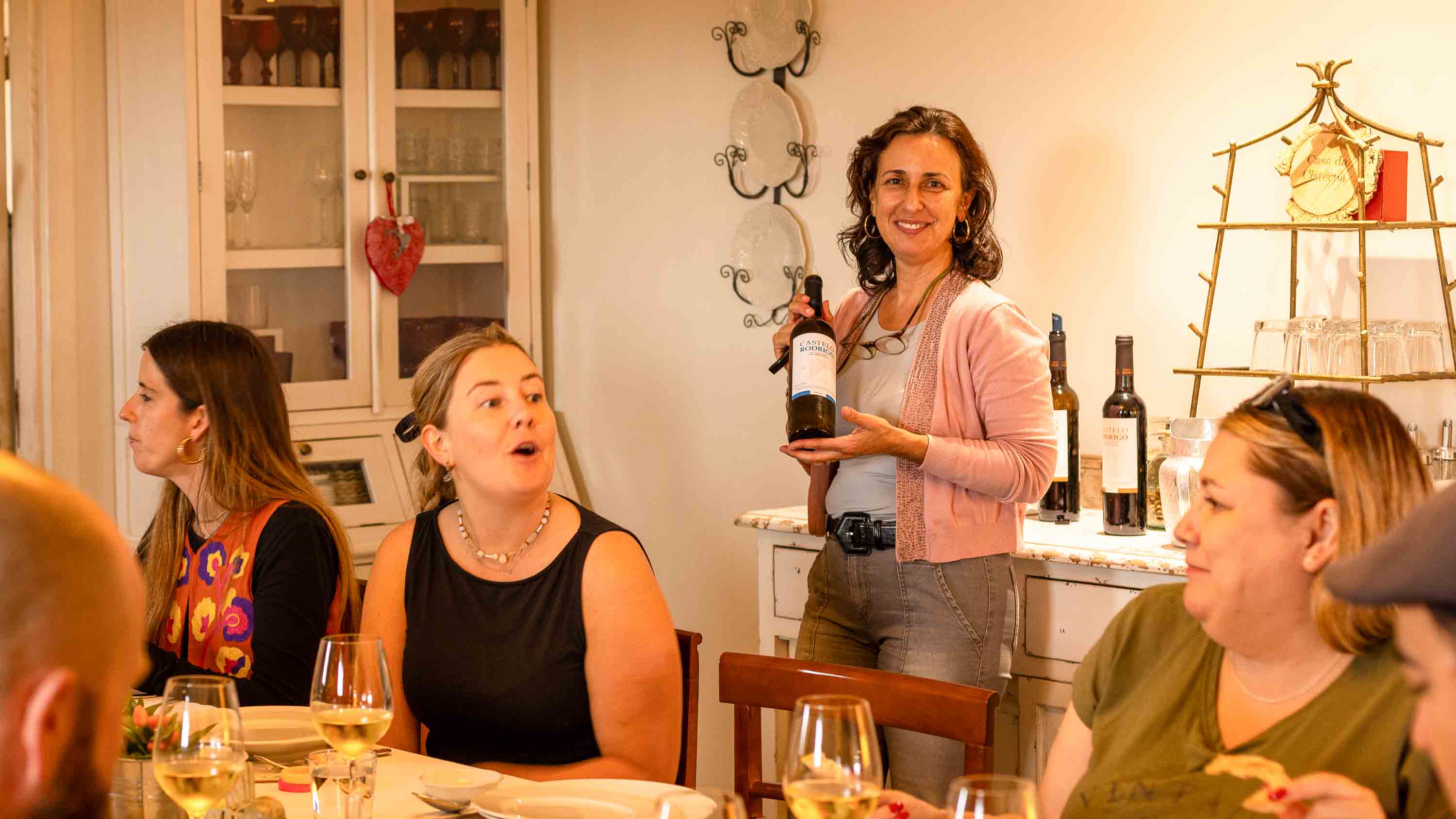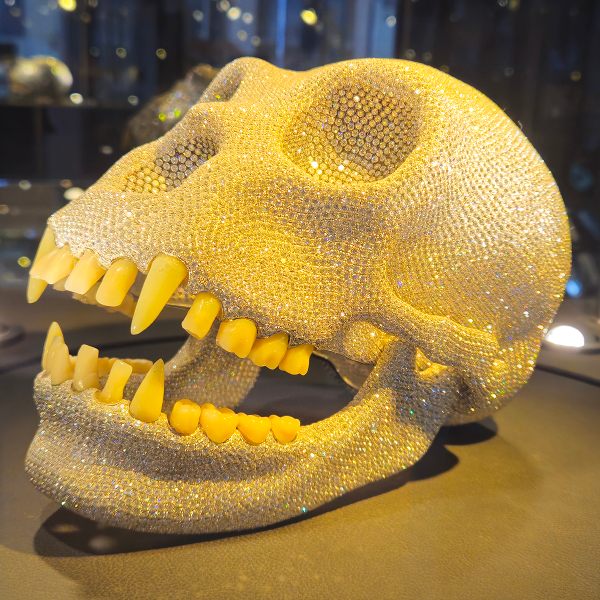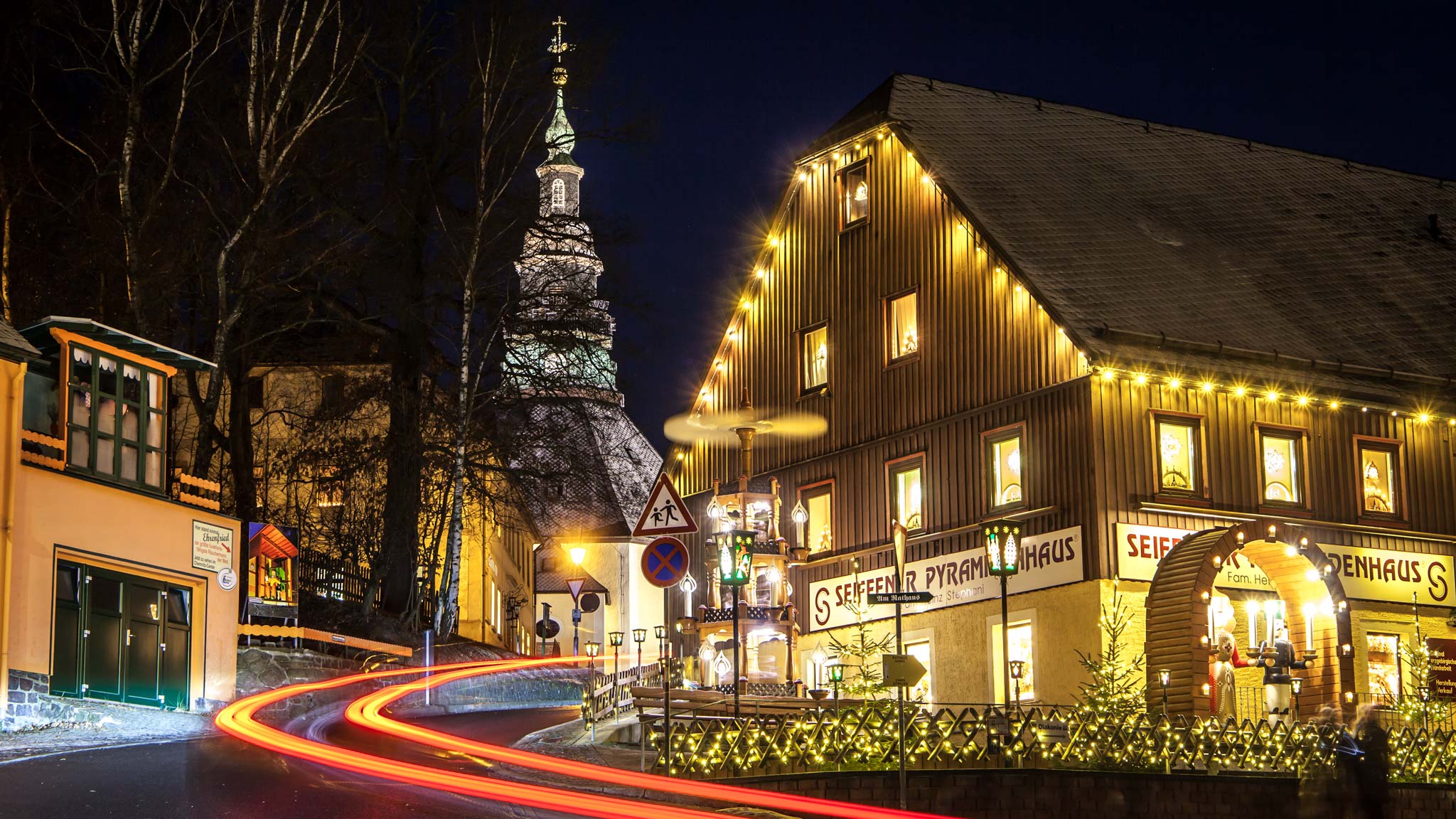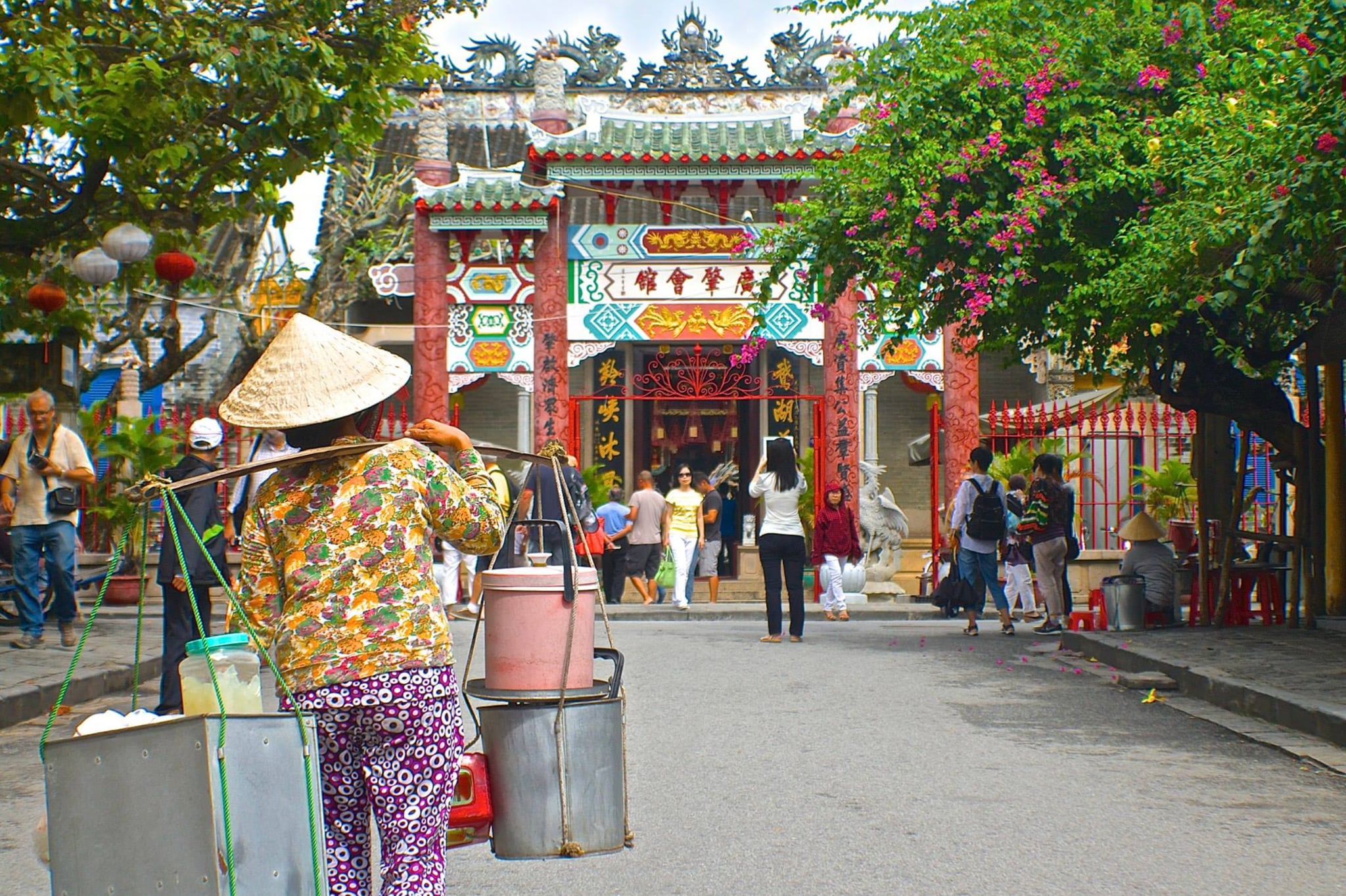Narayanhiti Palace Museum Massacre Site in Kathmandu, Nepal
On the night of June 1, 2001, gunfire rang out from Narayanhiti Palace in central Kathmandu, Nepal. This was not unusual since, as a form of entertainment, Crown Prince Dipendra often experimented with firearms on the palace's expansive grounds. Locals were used to hearing distant gunplay. But on this night, the gunfire was from a man dressed in camouflage, carrying an arsenal of weapons. He fired directly on Nepal's royal family in their private quarters. After six minutes of chaotic violence, King Birendra, Queen Aishwarya, and eight other royals were dead or dying. Among the casualties was Prince Dipendra himself, who was responsible for the shooting. The official story is that the prince was in a dispute with his parents over whom he was permitted to marry. The woman he loved was from a family that had long been antagonistic toward the ruling family, and on June 1, the senior royals had met privately to discuss the situation. Dissatisfied with the direction of talks, Prince Dipendra reportedly drank himself into a stupor and then, later in the evening, roused himself and shot his parents at point blank range. His rampage ended when he turned the gun on himself. The Prince, however, did not die immediately, and he lingered in a coma for three days. Ironically, because he was next in line to the throne, he officially served as king during that period. His uncle, Gyanendra, the less popular younger brother of Birendra, was crowned king after the prince’s death and served as the last king of the last Hindu kingdom in the world. Following the initial investigation, King Gyanendra had the original private quarters razed ,which has fueled numerous conspiracy theories ever since. To this day, many Nepalis refuse to believe the official reports of how the family died. However, some original structures are still partially intact, and one wall exhibits bullet holes made on that fateful night. All of this occurred during Nepal's lengthy civil war which lasted from 1996-2006 and ultimately resulted in the end of Nepal’s monarchy in 2008. With a fledgling democratic government in place, Narayanhiti Palace was refurbished and opened as a museum. To help explain the massacre, the museum has rebuilt parts of the Tribhuvan Sadan - the private quarters demolished by the king - and added detailed exhibits. The palace itself, built in the 1960s and preserved as a mid-century time capsule, is filled with taxidermy, impressive exotic objet d’art, and political memorabilia. The impossibly grand throne room is open to all visitors, and as of 2018, the museum began displaying the crown jewels which previously had been kept out of the public eye except on special royal occasions. But for most visitors, the macabre highlight of a tour of the palace grounds is a pilgrimage to the bullet holes in the Tribhuvan Sadan.
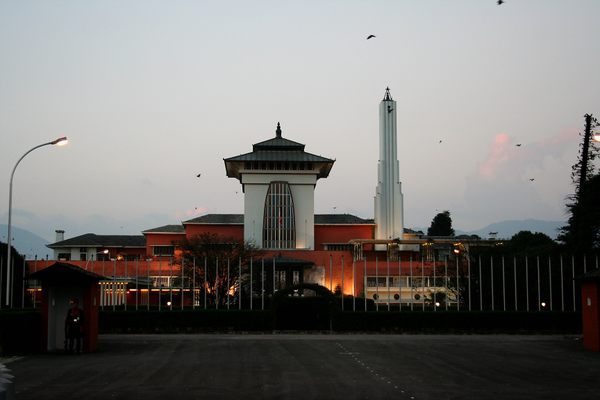

On the night of June 1, 2001, gunfire rang out from Narayanhiti Palace in central Kathmandu, Nepal. This was not unusual since, as a form of entertainment, Crown Prince Dipendra often experimented with firearms on the palace's expansive grounds. Locals were used to hearing distant gunplay.
But on this night, the gunfire was from a man dressed in camouflage, carrying an arsenal of weapons. He fired directly on Nepal's royal family in their private quarters. After six minutes of chaotic violence, King Birendra, Queen Aishwarya, and eight other royals were dead or dying. Among the casualties was Prince Dipendra himself, who was responsible for the shooting.
The official story is that the prince was in a dispute with his parents over whom he was permitted to marry. The woman he loved was from a family that had long been antagonistic toward the ruling family, and on June 1, the senior royals had met privately to discuss the situation. Dissatisfied with the direction of talks, Prince Dipendra reportedly drank himself into a stupor and then, later in the evening, roused himself and shot his parents at point blank range. His rampage ended when he turned the gun on himself.
The Prince, however, did not die immediately, and he lingered in a coma for three days. Ironically, because he was next in line to the throne, he officially served as king during that period. His uncle, Gyanendra, the less popular younger brother of Birendra, was crowned king after the prince’s death and served as the last king of the last Hindu kingdom in the world.
Following the initial investigation, King Gyanendra had the original private quarters razed ,which has fueled numerous conspiracy theories ever since. To this day, many Nepalis refuse to believe the official reports of how the family died. However, some original structures are still partially intact, and one wall exhibits bullet holes made on that fateful night.
All of this occurred during Nepal's lengthy civil war which lasted from 1996-2006 and ultimately resulted in the end of Nepal’s monarchy in 2008. With a fledgling democratic government in place, Narayanhiti Palace was refurbished and opened as a museum. To help explain the massacre, the museum has rebuilt parts of the Tribhuvan Sadan - the private quarters demolished by the king - and added detailed exhibits.
The palace itself, built in the 1960s and preserved as a mid-century time capsule, is filled with taxidermy, impressive exotic objet d’art, and political memorabilia. The impossibly grand throne room is open to all visitors, and as of 2018, the museum began displaying the crown jewels which previously had been kept out of the public eye except on special royal occasions.
But for most visitors, the macabre highlight of a tour of the palace grounds is a pilgrimage to the bullet holes in the Tribhuvan Sadan.

































